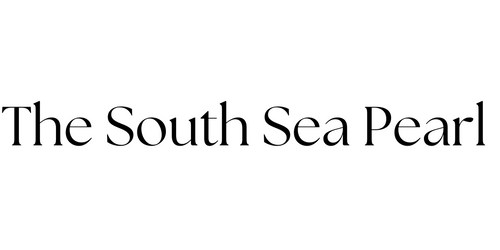February 18, 2022
What do you know about Mabe Pearls?

For a pearl product to be called a pearl it needs to be formed inside a pearl sac in the interior of pearl producing mollusc. A cultured pearl is basically the same, but resulting from human intervention. When a pearl sac, that is a closed cell membrane, is not involved, the gem material is not a pearl, but something else.
The so-called mabe pearls (or hankei pearls) are great examples for this as, technically, these are not pearls in the sense that they do not grow inside a pearl sac. In fact, these are protuberances in the shell’s nacreous interior that form as a consequence of a human-instigated process, being defined as cultured blisters. To be used in jewellery, these cultured shell blisters are worked, cut from the shell (soft nuclei removed), the interior filled with a hardened substance and finished with a mother-of-pearl cap glued to the base, making it an assembled product. Hence, a more correct designation would be assembled cultured blister.
The name “mabe” comes from the Japanese vernacular for Pteria penguin (mabe-gai), a pearl producing mollusc that was originally used to grown these cultured blisters, and it has been used as a more romantic trade name for similar products from other molluscs.
The so-called mabe pearls (or hankei pearls) are great examples for this as, technically, these are not pearls in the sense that they do not grow inside a pearl sac. In fact, these are protuberances in the shell’s nacreous interior that form as a consequence of a human-instigated process, being defined as cultured blisters. To be used in jewellery, these cultured shell blisters are worked, cut from the shell (soft nuclei removed), the interior filled with a hardened substance and finished with a mother-of-pearl cap glued to the base, making it an assembled product. Hence, a more correct designation would be assembled cultured blister.
The name “mabe” comes from the Japanese vernacular for Pteria penguin (mabe-gai), a pearl producing mollusc that was originally used to grown these cultured blisters, and it has been used as a more romantic trade name for similar products from other molluscs.

Leave a comment